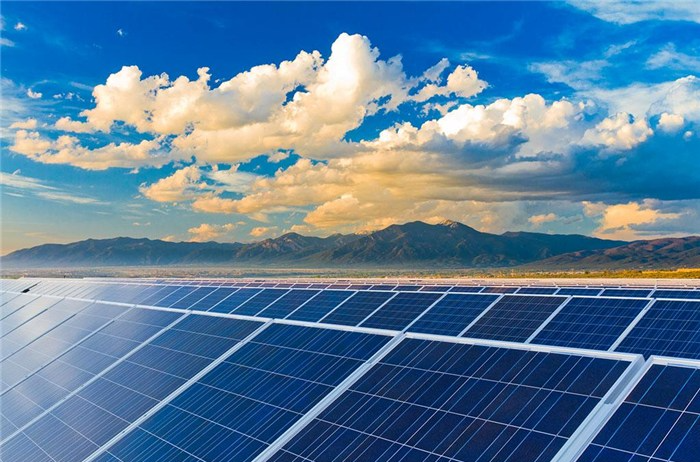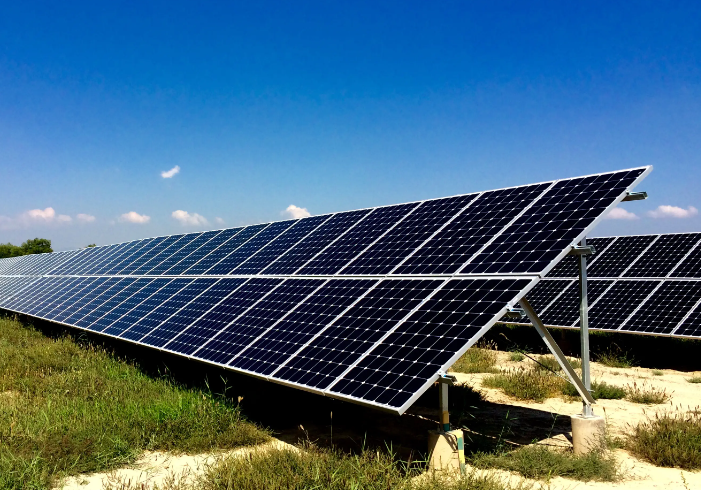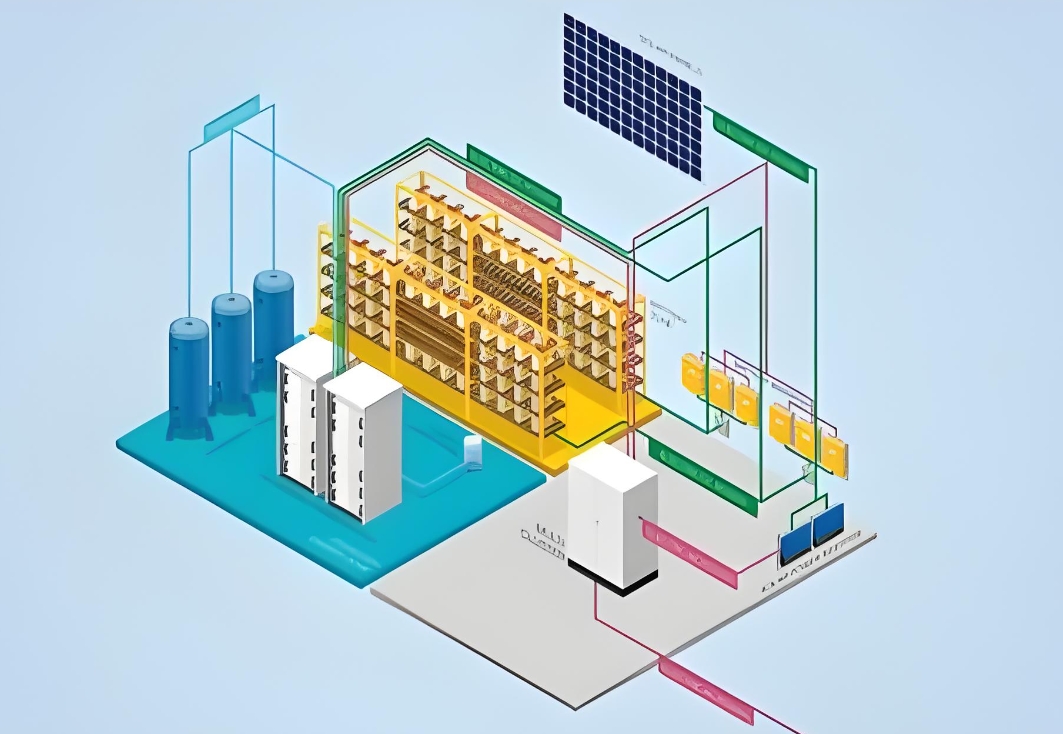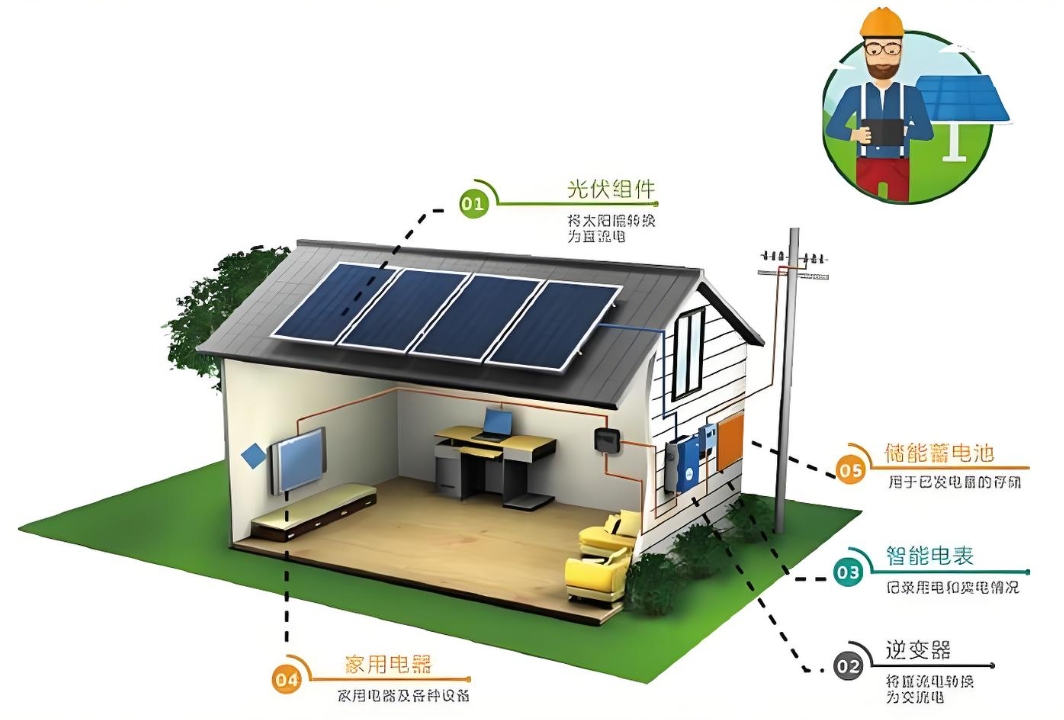Off-Grid Solar Power Systems: A Sustainable Energy Solution for African Households
In many parts of Africa, access to reliable electricity remains a critical challenge. Millions of households rely on diesel generators for power—a solution that is not only costly and polluting but also inefficient in the long term. Off-grid solar power systems offer a cleaner, more sustainable alternative, tailored to meet the unique energy needs of African families. By customizing solar solutions based on daily electricity consumption, we can empower communities to break free from fossil fuel dependency while improving their quality of life.

The Problem with Diesel Generators
Diesel generators have long been the default power source in off-grid African regions, but they come with significant drawbacks:
- High Operating Costs: Fuel prices are volatile, and families often spend 30–50% of their income on diesel.
- Environmental Impact: Generators emit CO₂, particulate matter, and noise pollution, harming both health and ecosystems.
- Maintenance Hassles: Frequent mechanical failures and complex upkeep disrupt daily life.
- Limited Output: Many generators only provide power for 4–6 hours per day, insufficient for modern household needs.
In contrast, off-grid solar power systems provide 24/7 clean energy, lower lifetime costs, and minimal maintenance—making them an ideal solution for Africa’s energy poverty.
Customized Solar Solutions: A Case Study
Consider a typical African household with common appliances:
- Basic Loads: LED lights (50W), a refrigerator (150W), a TV (100W), and phone chargers (50W).
- Daily Consumption: Approximately 5 kWh (units) of electricity.
For this family, a 2 kW solar panel array + 10 kWh battery storage system would deliver reliable, round-the-clock power.

System Configuration Breakdown
1. Solar Panels
- Capacity: 2 kW (e.g., 5 × 400W monocrystalline panels).
- Daily Generation: 8–10 kWh (based on 4–5 hours of peak sunlight).
- Advantages: High-efficiency panels perform well even in low-light conditions, critical during Africa’s rainy seasons.
2. Energy Storage
- Battery Bank: 10 kWh lithium iron phosphate (LiFePO₄) battery.
- Backup Duration: Supports 2 days of autonomy (storing surplus energy for cloudy days).
- Lifespan: 6–10 years, with 80% depth of discharge (DOD).
3. Inverter & Charge Controller
- Pure Sine Wave Inverter: 3 kW capacity (ensures stable power for sensitive devices like refrigerators).
- MPPT Solar Charge Controller: Maximizes energy harvest from panels (efficiency >98%).
4. Smart Energy Management
- Prioritizes solar power for daytime use, charges batteries with excess energy, and automatically switches to battery power at night or during outages.
Cost Comparison: Solar vs. Diesel
| Aspect | 2kW/10kWh Solar System | Diesel Generator |
|-------------------|----------------------------|----------------------------|
| Initial Cost | $3,000–$4,500 | $500–$1,000 (for 5kVA generator) |
| Monthly Fuel | $0 | $150–$300 |
| Maintenance | $20/year | $100+/year |
| Lifespan | 15–25 years (panels) | 2–5 years |
| CO₂ Emissions | Zero | 3–5 tons/year |
Return on Investment (ROI): A solar system pays for itself in 2–3 years by eliminating fuel costs. Over 20 years, families save $30,000–$60,000 compared to diesel.
Why Choose Customized Solar Solutions?
1. Scalability: Start with a basic 2kW system and expand later by adding panels or batteries.
2. Adaptability: Systems can integrate wind turbines or generators for hybrid energy security.
3. Smart Features: Mobile apps monitor energy use, optimize consumption, and alert users to issues.
4. Climate Resilience: Weatherproof designs withstand Africa’s harsh environments, from deserts to tropical regions.
Implementation & Support
1. Needs Assessment: Evaluate household energy patterns, location, and budget.
2. Financing Options: Partner with microloan providers to offer affordable payment plans.
3. Training & Maintenance: Teach users to operate the system and provide remote technical support.
Conclusion
For millions of African families living off the grid, solar power is more than an energy solution—it’s a gateway to education, healthcare, and economic opportunities. A 2kW/10kWh solar system can replace diesel generators, slash costs, and provide uninterrupted power for lights, refrigeration, and communication. By embracing customized solar solutions, Africa can leapfrog outdated infrastructure and build a brighter, cleaner future.
Power the Future, Sustainably.


